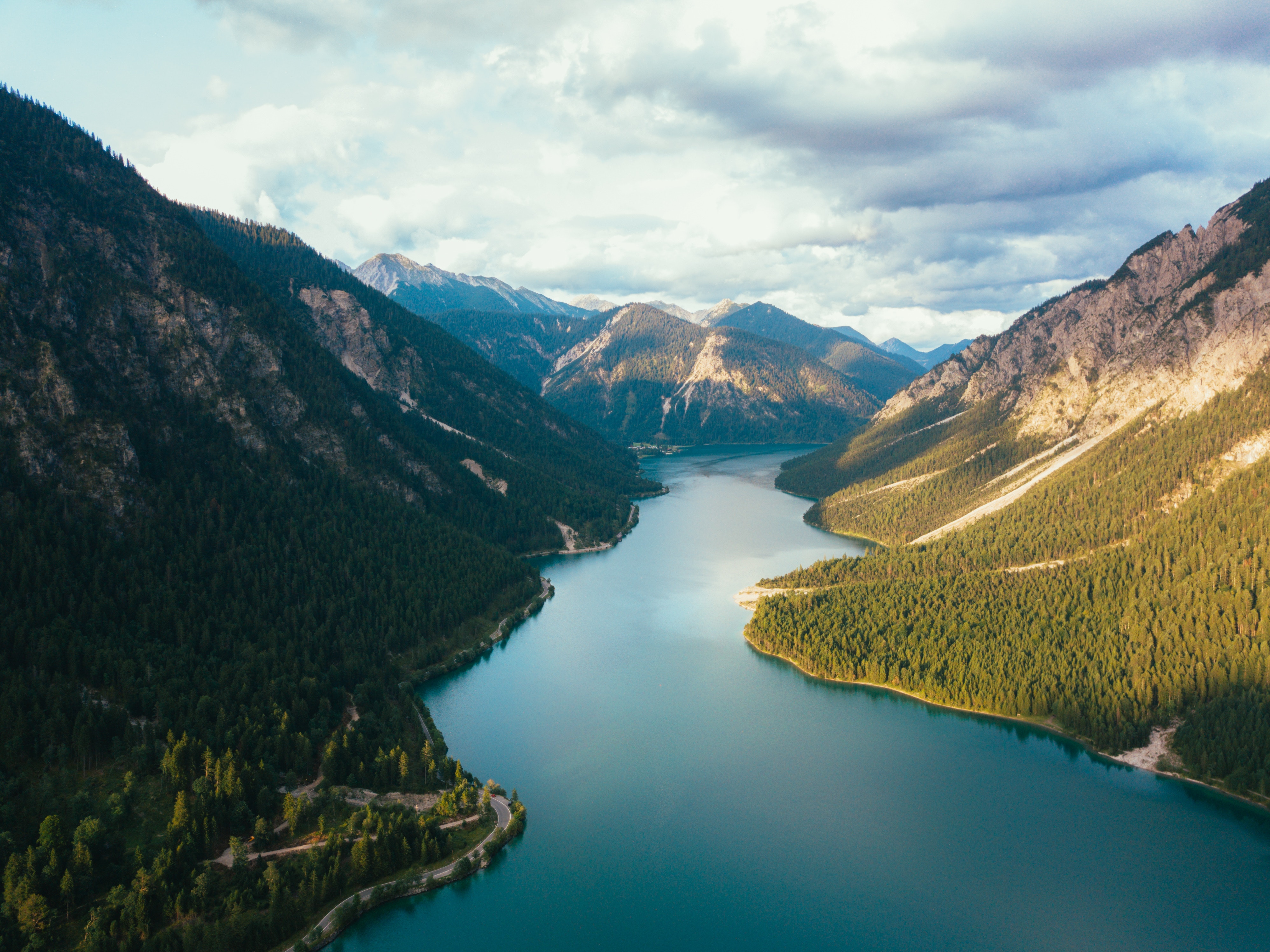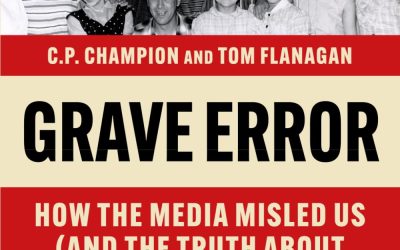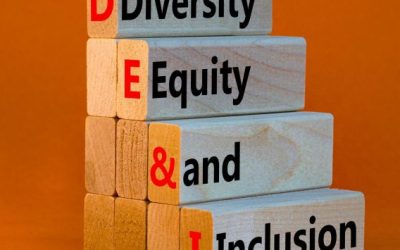Canada’s great divide follows along the rugged border that separates Alberta and British Columbia. However, Canada has another Great Divide in addition to the geographical one. The trial of Gerald Stanley, for the killing of Colten Boushie, brought into sharp focus the huge chasm that exists in this country between mainstream Canadians and First Nations people.
It is not necessary to recite the facts of the case. By now they are well known. Suffice it to say that a young man’s life came to a tragic end, a jury heard the evidence and acquitted, and the subject of race is now reverberating through the country.
How did things get to this point?
Simply put, we have created – or perhaps it is better to say that we have all blundered into – a strange form of apartheid in this country. First Nations people live in one world, we in another. The extremely odd thing about these two worlds is that the “we” now includes a large and growing Indigenous middle class, composed of lawyers, academics, artists, senators, judges and others. These people have successfully integrated into the Canadian whole, but have done so while preserving their Indigenous identity and culture. The group now shares an ethnicity with the First Nations underclass, but that is really all. In other respects the mainly urban Indigenous middle class is mainstream.
Meanwhile, many First Nations people continue to live in poverty and remain dependent. Colten Boushie lived in a run down trailer with a broken septic system. Most of the members if that community do not have it any better. Welfare and an alcohol culture have become a way of life on most prairie reserves. Many of the reserve administrations appear to have failed in their responsibility. They appear to have created a world of poverty, corruption and hopelessness that does not seem likely to change.
What is the answer to this great divide?
If you listen to Indigenous leaders, the answer is to make the divide even wider – a “third order of government”, separate economies, separate everything. These leaders seem to have the ear of a Prime Minister who does not seem to have a problem with the idea of further dividing the country along racial lines – even appearing to believe that racial quotas for juries make sense.
It should be clear by now where separateness has taken us so far. Just go to that Saskatchewan courtroom, and you can see for yourself. Or maybe visit Red Pheasant First Nation judge for yourself.
Surely the answer is to bridge the divide not widen it. First Nations people need to be full participants in the economy, and pushed to the fringes – with us, not against us.
Fortunately, the large and growing Indigenous middle class has shown them how to do exactly that – successful inclusion with no loss of Indigenous culture and identity.
That is the solution to The Great Divide.



